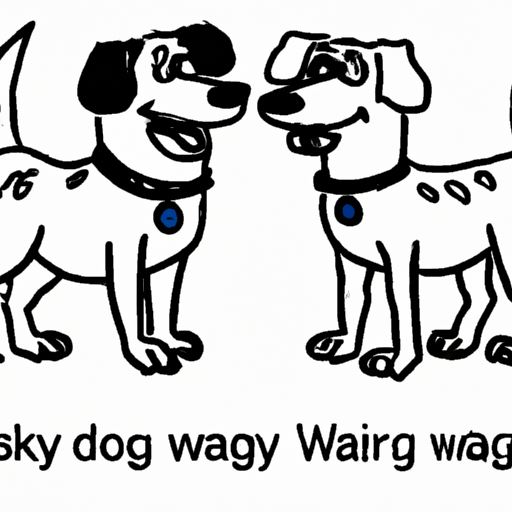Every dog owner has wondered at some point if their dog is playing or fighting with another dog. It’s crucial to be able to distinguish between the two to ensure your dog’s safety and wellbeing. In this article, we will explore the key signs that will help you understand your pet’s behavior.
1. Understanding Dog’s Body Language
Dog’s body language can tell you a lot about their intentions and emotions. Here are a few signs to look for:
-
Play Bow: This is when a dog puts its front legs on the ground and its back end in the air. It’s a clear sign that they’re inviting others to play.
-
Loose Body Movements: During play, dogs will exhibit loose, fluid, and exaggerated movements.
-
Wagging Tail: A relaxed, wagging tail often signifies a dog in a playful mood.
2. Observing Vocalizations
Dogs use vocalizations as a form of communication. Understanding these sounds can help you discern if they’re playing or fighting.
-
Play Growls: These are usually higher pitched and shorter in duration.
-
Aggressive Growls: These are typically lower in pitch and longer in duration.
-
Barking: Excitable, repetitive barking usually indicates play, whereas aggressive barking tends to be deeper and more sporadic.
3. Noticing Repetitive Behavior
Dogs often display repetitive behaviors during play, which is a good sign they’re not fighting.
-
Role Reversal: One dog may chase the other, then switch roles.
-
Breaks: Dogs engaging in play will take frequent breaks.
-
Self-handicapping: Larger dogs may go easy on smaller dogs to keep the game going.
4. Comparing Play vs. Fight Behaviors
If you’re still unsure whether the dogs are playing or fighting, comparing the behaviors can be helpful. Here’s a quick comparison:
| Behavior | Play | Fight |
|---|---|---|
| Body language | Loose and relaxed | Stiff and tense |
| Vocalization | High-pitched growls | Low growls and snarls |
| Biting | Gentle and controlled | Hard and uncontrolled |
| Tail wagging | Yes | No |
5. Frequently Asked Questions
To wrap up, let’s address some frequently asked questions:
Q: Is growling always a sign of aggression?
A: No, dogs often growl during play as well.
Q: What should I do if dogs start fighting?
A: Remain calm and try to separate them without putting yourself in danger.
Q: Can dogs get too rough while playing?
A: Yes, if play gets too intense, it might be time to intervene.
Remember, your dog is relying on you to keep them safe and happy. By understanding their behavior, you can ensure they’re having fun and not getting into harm’s way.



